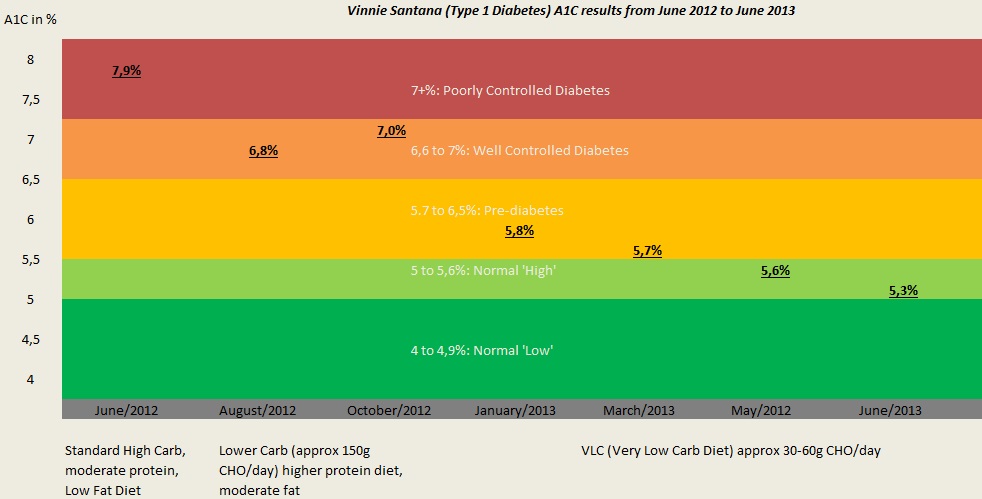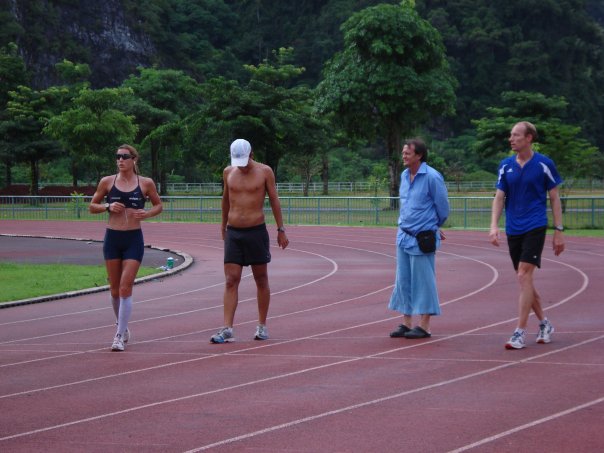We are heading into Ironman season again and the big topic among athletes is always what to do with nutrition come race day. Yet again it amazes me how many athletes will have read an article and decide on a new path to take for race day rather than the tried and tested methods they have used in training. There is a simple message in this article and it is STICK WITH WHAT WORKS.
There really is no magic nutritional strategy for Ironman, there is no set amount of calories you need to be taking per hour in order to guarantee success or any specific ratio of fructose glucose in products that works better than another despite everything you may have read. What you will find is that your body is adapted to what you typically eat and drink when training and in normal life in order to get the calories it needs.
So the first thing to do when you start to think about race day is to think about what you take in during your normal training days. If you’re on a long bike and stop to refuel and the choice is Coke then this is what you should be thinking about on race day not some energy drink that you have never used. Same goes with taking on solid food – if you’re on a long ride and you always stop for a sandwich or munch on chocolate bars then this is what you should be taking with you on race day not a gel or energy bar that you assume must be better because you saw advertising in a magazine before the race or see at the expo.
We have all heard athletes complaining after the race that they just did not feel like eating or could not stomach another gel and that it ruined their race in one way or another. Speaking with these athletes you do tend to find they will not have trained on these products and just followed last minute advice looking for a miracle.
So what should you do?
First let’s look at some facts:
- Our bodies will take on between 250 and 350 calories per hour while exercising at Ironman intensity,
- Hydration on race day will vary hugely due to environmental conditions so do not rely on liquid calories,
- Don’t count on chocolate if you’re racing in a hot environment as it will melt.
Calories
We cannot store enough calories in our muscles to get through an Ironman so we need to eat and drink during the race in order to race to our body’s ability. Numerous studies and athlete experience have shown that we can take on between 250 and 350 calories per hour when racing at Ironman intensity. This does not mean aim at 350 calories; it is a guide and should have been experimented with in training.
When looking at the top athletes in our sport we tend to see they are the ones who can tolerate the upper limits of this. At the same time we see athletes who excel in short distance racing who cannot move to long course as they simply cannot tolerate the calories needed.
We need to find what works for us and again look to your training as a guide – if you eat and drink very little in training and have no issues with lack of power or energy then you are likely to lie on the lower side of the calorie level. If you find you’re regularly losing power and strength and always hungry in training then you will most likely be on the upper end.
Liquid calories
The environmental conditions we race in for Ironman are always different and we cannot ever guarantee what they will be so I think it is crazy to base your calorie consumption off liquid calories. A big problem I see with this regularly is in cold races such as Ironman UK – athletes simply do not feel like drinking in these conditions and so they will be taking in far too few calories in the cold when the body is needing more than normal to both move and keep warm – athletes then start feeling really cold due to calorie shortage and feel even less like eating or drinking which just leads to the body shutting down.
My advice is always to case calories off solid food (I do include gels in this) and then drink to thirst using energy drinks or Coke.
Another big issue with liquid calories is carrying them in the race, I have had athletes suffer in recent events due to on course drinks being extremely watered down and thus not providing the necessary calories and derailing the athletes race. If you like to have Coke on the bike then take some with you or put some in special needs – see video attached on a unique way to attach Coke to bike that is extremely aero and saves weight over more expensive devices!
Solid calories
Personally I prefer my athletes to race with solid food as this is essentially what our bodies are most used too. I will always have my athletes look to what they feel like and typically eat when training. There is NO right or wrong here, I have had athletes race with salami and cheese sandwiches on their bikes and others who like mints and jelly babies – just make sure it is appropriate for the environment and have a little variety as you will find over the course of an Ironman bike your taste will change.
One thing I have noticed recently is athletes complaining of a dry mouth when racing, this can happen when we have a little too much sugar in drinks – sometimes happens with Coke in hot conditions. If this happens maybe having some mints or sweets you can suck on would be a wise addition to your race nutrition.
See picture below for a great example of a mixed nutrition selection for race day for an event in cooler conditions!!
In conclusion stop reading articles and listening to what other people do for their race day nutrition and start thinking about yourself. Think about how you generally feel and what you generally eat when training and then use this as the basis of your race day nutrition. Keep it simple and success will follow!!
Enjoy your training
Coach Alun “Woody” Woodward
http://youtu.be/-tFS6hEDnf4
ironguides is the leading Lifestyle Facilitation company for athletes of all abilities. We provide coaching and training services, plans and programs, as well training education, health and fitness products to help you learn and live a healthy lifestyle. Come get fit with one of our monthly training subscriptions, event-specific training plans, coaching services, or a triathlon training camp in an exotic location! ironguides also provides Corporate Health services including Corporate Triathlons, Healthy Living retreats and speaking engagements. At ironguides, your best is our business!
Train with ironguides!
Personalized Online Coaching: Starting at USD190/month
Monthly Training plans (for all levels, or focused on one discipline): Only USD39/months
Event based training plans:
Sprint Distance (USD45 for 8-week plan)
Olympic Distance (USD65 for 12 week plan)
Half Ironman (R$95 for 16-week plan)
Ironman (USD145 for 20-week plan)
X-Terra (USD65 for 12-week plan)
Running Plans (10k, 21k and 42k – starting at USD40)
















Recent Comments